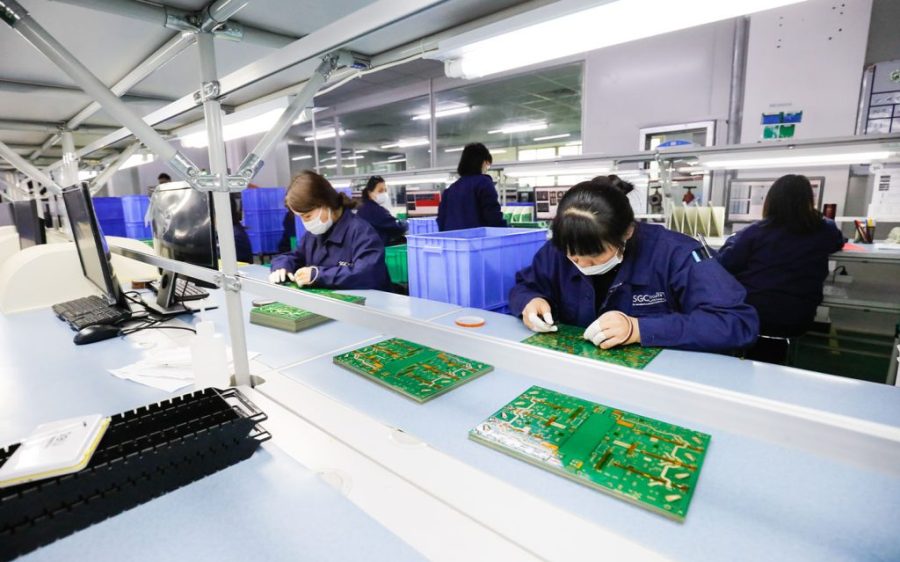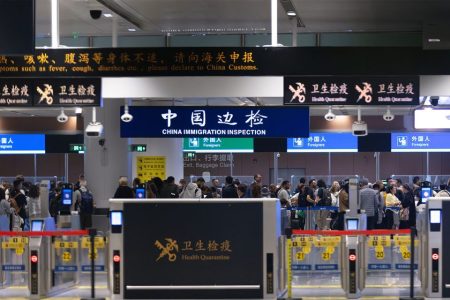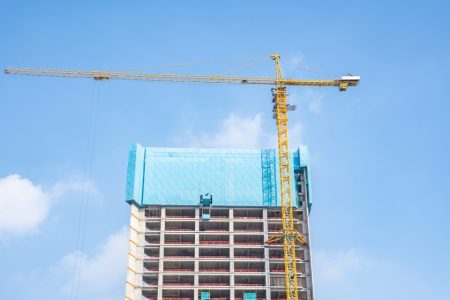Industrial output and consumer spending data were among the raft of macro data points released in China on Monday, as the world’s second largest economy navigates through ongoing geopolitical uncertainties despite reaching a tariff pause with Washington in May.
China’s industrial production rose 6.1 percent in April, official data from the National Bureau of Statistics showed. Retail sales increased by 5.1 percent, while fixed-asset investment over the first four months jumped 4.0 percent. The unemployment rate fell to 5.1 percent.
Global markets have partially recovered from an early April tailspin when the US and China applied triple-digit tariffs rates to each other markets. However, a 90-day reprieve between Washington and Beijing just a month later has, for now, injected hope that a more lasting deal can be reached.
April’s industrial activity report came in ahead of analyst estimates, bucking the trend of other economic readings when hefty new tariffs took effect. China’s purchasing managers’ index (PMI) contracted in April, while retail sales missed forecasts due to anemic consumer confidence.
Economists expect a pickup in front-loaded shipments as businesses rush to place orders amid fears that negotiations could suddenly falter with higher tariffs being reinstated later. Though this bodes well for near-term growth, softer expansion should be expected at the backend.
Morgan Stanley analysts have estimated that the U.S. trade-weighted tariff on Chinese goods remains above 40 percent, significantly higher than the 11 percent seen earlier this year, suggesting that future demand is likely to remain soft as the effectiveness of the consumer trade-in scheme fades.
Targeted economic stimulus in China
The rapid trade truce reached between Washington and Beijing surprised market watchers, indicating that the trade war was causing pain for both sides.
Tariffs affect China and the US in very different ways, noted Dilin Wu, a research strategist at forex broker Pepperstone. She explained that, in the US, tariffs create a supply-side shock that drives up inflation and squeezes corporate profits, while in China, they impact the demand side, directly weighing on exports and investments.
To offset the slowdown, the People’s Bank of China cut its seven-day reverse repurchase rate by 10 basis points to 1.4 percent, while Chinese state banks are reportedly cutting their deposit rates later today. However, given the lower tariff path, analysts are paring back expectations for any additional stimulus, noting that Beijing may only adopt a gradualist approach to tackle structural economic imbalance.






